Domestic Wastewater Treatment Methods for purifying water
Understanding the relevance for Domestic wastewater treatment, initial step should be taken at your home itself. Domestic sewage mainly consists of human wastes, paper, food waste, wastewater coming from sink and bathrooms. If the sewage water is not cleaned before, the environment could suffer from it. One way of preventing water scarcity is by engaging in programs of waste water treatment. By treating the wastewater, it will not just go to waste as it can be cleaned and reused thereby sustaining the eco-friendliness and preserving the resources for coming generations.
Treating sewage water is a method that is used to take the contaminants in the water out. The pollutants that are removed can be anything from human waste solids to chemicals and biological that is in the water. Water needing to be treated from domestic sources consist of different decontamination process.
Contaminated water and waste material carried in water from domestic sources such as from washing and laundry, from the kitchen sink, and that carrying human wastes have to be treated. All of these types contain infectious organisms, including bacteria, viruses, spores and disease causing proteins called prions. Sewage must be treated before being released to the environment as it may cause disease, contamination of rivers, lakes or ground water, and even life threatening to plants and animals due to noxiousness in the water.
And the sewage treatment is categorized into 3 different processes. The primary stage of treatment which is known as sedimentation, mainly consists of releasing the water into tanks for a time where the solid waste may sink to the bottom and the resulting sludge is scraped or pumped off into a separate facility to be treated. Oils and grease that floated to the surface can be removed using various processes.
The secondary stage involves treating the sludge by exposing it to mix with oxygen. This is essential since biological process of involving bacteria breaking down the contaminants and binding the remains into solids can occur. These are categorized as either fixed film or suspended growth systems where fixed film types use a combination of filtration and collecting the solids on a growth medium and suspended growth methods mix microbes with the sludge so flocculation, the process of forming the waste into solids, can occur.
The tertiary stage consists of further improvement of the quality of water. This process is done with a combination of techniques such as sand filtration to remove the remained contaminants. Aquatic plants are allowed to grow to remove any remaining particles. Also, excess nitrogen and phosphorus are removed.
The final stage is disinfection, in which different substances are added to the water to destroy the remaining microorganisms. Using methods like ozone, chlorine, or ultraviolet light, the water is disinfected enough to release it into the environment. Though Chlorine is the most common, but it may be risk to health. Ultraviolet is very effective for killing bacteria, but some may remain due to solids in the water. Ozone is the safest, but it is the most expensive approach. Many other processes are involved before and during wastewater treatment. Finally the treated sludge may be superheated to kill the remaining pathogens and the result is used to agricultural purposes.
GME delivers the most cost effective solution in effluent recycling treatment ensuring consistency, efficiency, and robustness. GME has covered with an extensive range of wastewater solutions, providing a suite of cost effective and easily maintainable wastewater treatment services.
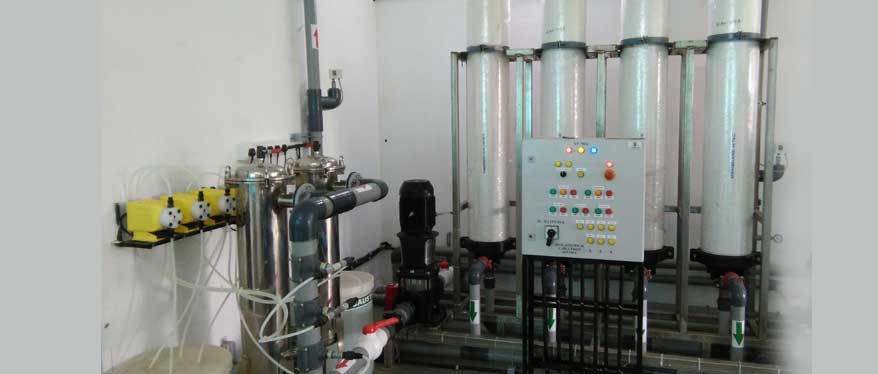
More Blogs
-
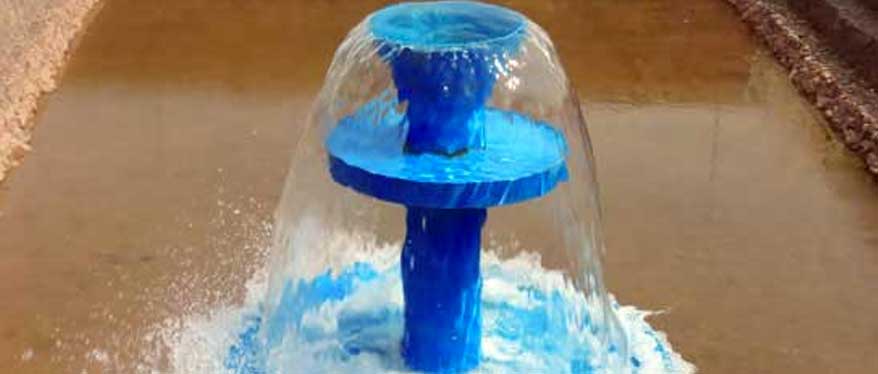
Sustainable Water Solutions through Wastewater Treatment and Recycling
India is home to about 16% of the world’s population while supporting only 4% of its water res..
-

Dhanam Business Magazine
Green Method Engineering (GME) has been offering complete range of water and wastewater solution uti..
-
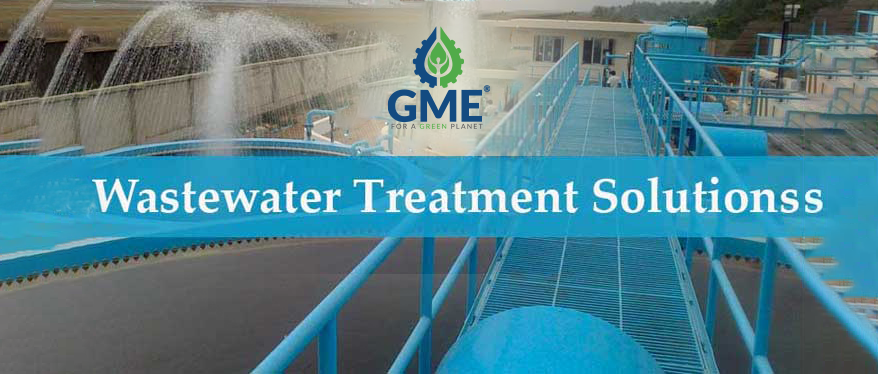
Wastewater Treatment Solutions widely used in India
When dealing with domestic waste or industrial waste, a single treatment solution of cannot almost c..
-
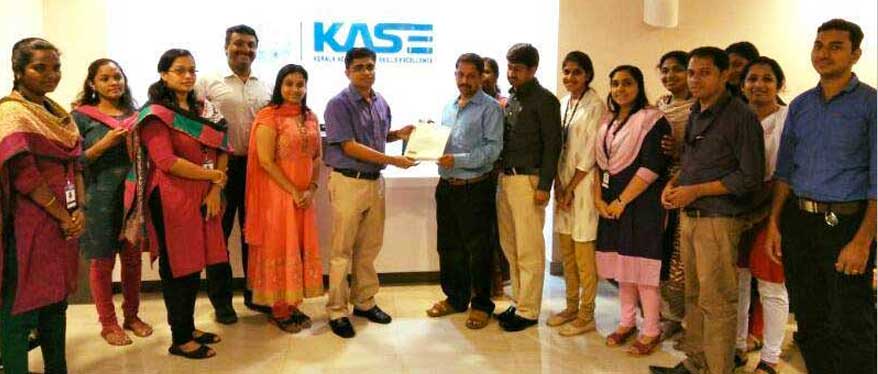
GME takes an initiative to introduce a new certification course for Wastewater Treatment Plant Operator
One of the renowned Wastewater management Company in Kochi, Kerala – Green Method En..
-
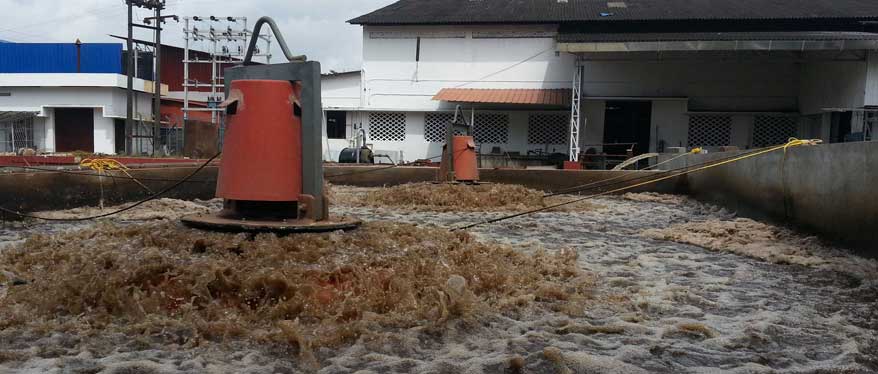
Water Pollution and Preventive measures to be taken
Water pollution is the major environmental issues seen nowadays. Water is contaminated with harmful ..
-
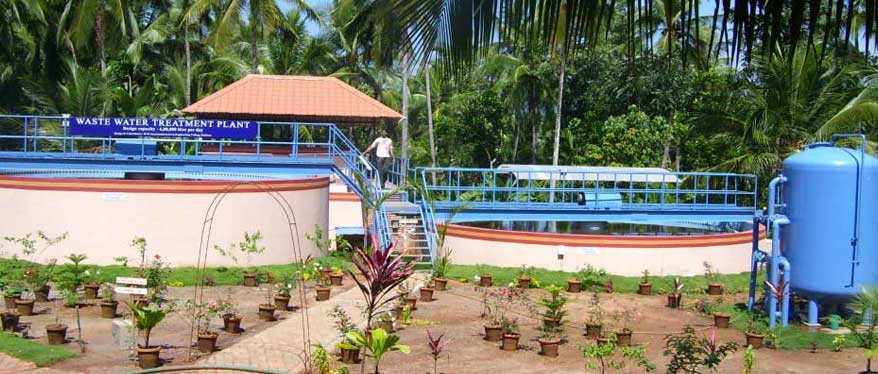
What to Look for in a Waste Water Treatment Company
If you are concerned about the quality of the water, you should be much relieved by now since techno..